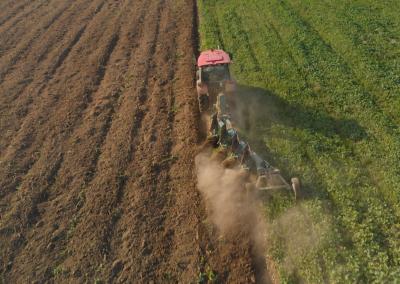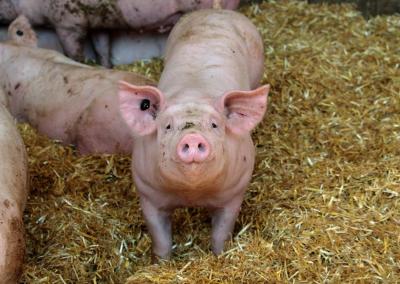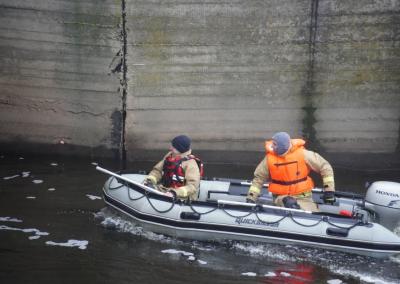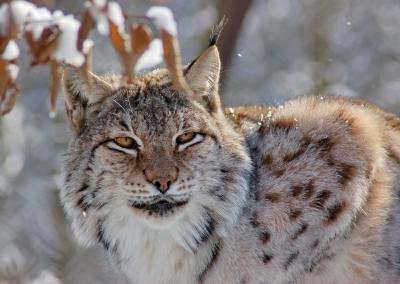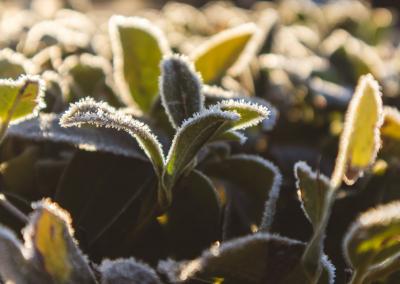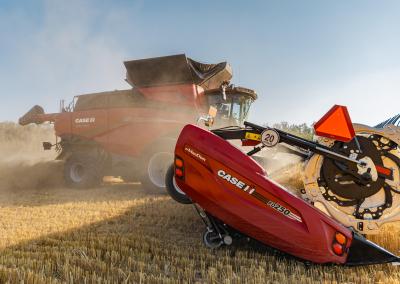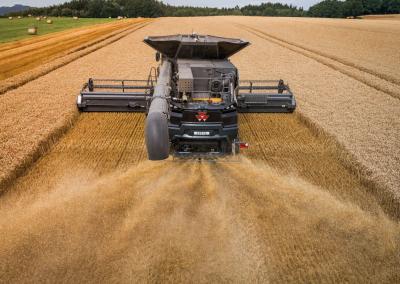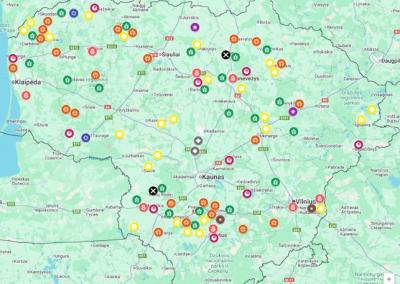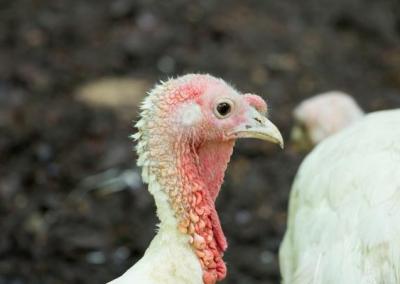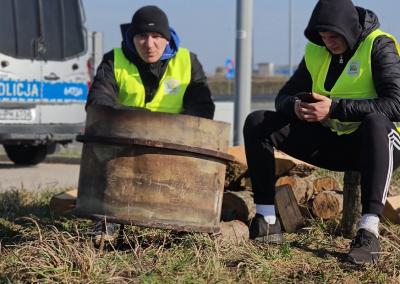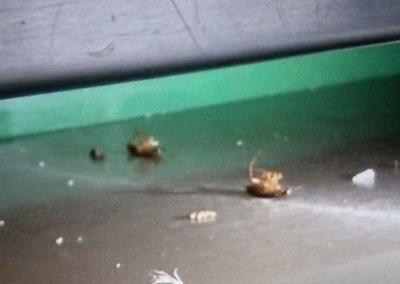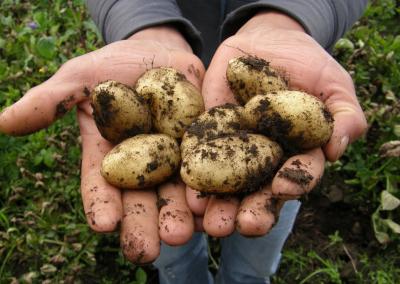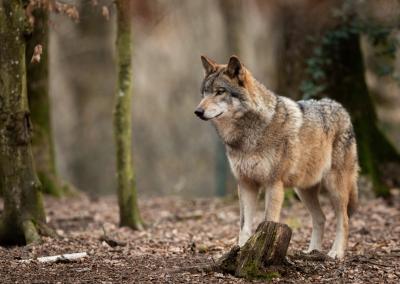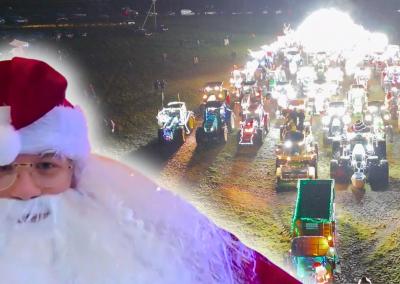Mushroom hunters: what's important to remember when lost in the woods?
Autumn invites you to the forests with its abundant bounty. Gathering mushrooms, berries – one of the great joys of the golden season. However, when you set out in search of mushrooms or berries, it's a good idea to remember to behave responsibly in the woods and to remember a few important things when you get lost.
When you go into the woods to pick mushrooms, berries or just walk in the fresh air, many people don't even think about the fact that they might not be able to find their way back to their car or the place they left from. Although experienced mushroom pickers know and navigate forests well – unexpected things happen. In such situations, VMU foresters advise you to stay calm.
First of all, a GPS-enabled phone can help you find your way around the forest. Of course, it is important to mark your parking space or destination when you arrive so that you can find your way back if you get lost. That way, it should be easy to get back to the marked point. However, relying on your phone and its GPS equipment will not always work. In the woods, there is often simply no communication – and a broken navigation system will only add to the panic.
A compass can also help you keep your bearings straight when you get lost. A compass can help you easily return to your original destination if you check the direction you plan to take on your mushroom search before you leave. However, not everyone has one, let alone takes one with them into the woods.
When people get lost, they often panic & start spinning their wheels involuntarily and can't find their way out of the woods. If you have no communication and you haven't brought a compass, foresters remind you that your surroundings can help you find your way. In particular, the position of the sun or the moon in the sky can be the best way to keep a straight trajectory. Although it's not so easy to distinguish the world's directions without a compass or navigation – foresters say it is possible. The best time to get your bearings is on a clear, sunny day. The sun is always on the southern side of the vault. However, depending on the time of day, its movement across the sky is from east to west. Knowing the specific time makes it easy to estimate where lunch is. If it is still morning – the sun will be on the east or south-east side, if the clock says well after noon – the sun will be on the south-west side of the sky, and in the evening – the setting sun will indicate a westerly direction.
When the sun is blocked by clouds in the sky, trees, mosses and lichens can help you find your bearings and gauge the direction of the world. Trees tend to be more heavily covered with lichens on the northern side as they avoid direct sunlight. You may also find that moss grows more abundantly on stumps and stones on the north side. Ant hills can also be a lifeline. These are usually placed on the south side of the nearest tree, as the anthill and its inhabitants need warmth when the snow melts in spring. Foresters note that the southern slope of an anthill tends to be flatter and the northern slope steeper.Autumn is not only a time for mushrooms, but also for bird migration. It is also the time of the year, and it is also the time of the year for migratory birds. Geese and cranes usually fly in large flocks, in a "V" shape, from their breeding grounds in the north to their wintering grounds in the south. This can help with preliminary orientation. It is important to remember that this method is not entirely reliable as the birds do not fly in a strictly straight trajectory. On the other hand, orienting yourself to which way is south – they can help.
If it's overcast and the sun is not visible, and if you can't see the natural signs listed above, quarter lines and forest tracks can help you find the cardinal directions. At the intersection of the block lines it is easy to see where north is and where south, east or west is – simply because of the numbering of the blocks. The increasing sequence of blocks runs from west to east and from north to south, so that if you see a column marking the blocks with numbers on it, e.g. „34/35/71/72“, you can tell that the smallest block is in the north-west. According to this diagram, a block line between the two smaller pairs of numbers 34/35 runs northwards and a block line between the two largest pairs of numbers 71/72 runs southwards. At the same time, on the west side, the quarter line would be between the 34/71 blocks, and on the east side – between the 35/72. Meanwhile, following the forest roads, one can discover familiar places or walk to the larger roads – this will help orientation. The cut birch trees can also help you find your way. The most common form of coppice is rectangular, with the long edge of the coppice oriented in a north-south direction.
With the mushroom season not yet over, foresters remind you that not all mushrooms are edible, so you should pick them responsibly and only pick the species you really know. It is also useful to remember that certain species of mushrooms are rare and protected, so it is a good idea to behave responsibly when entering the forest and not to pick or destroy mushrooms, even poisonous or unfamiliar ones.
